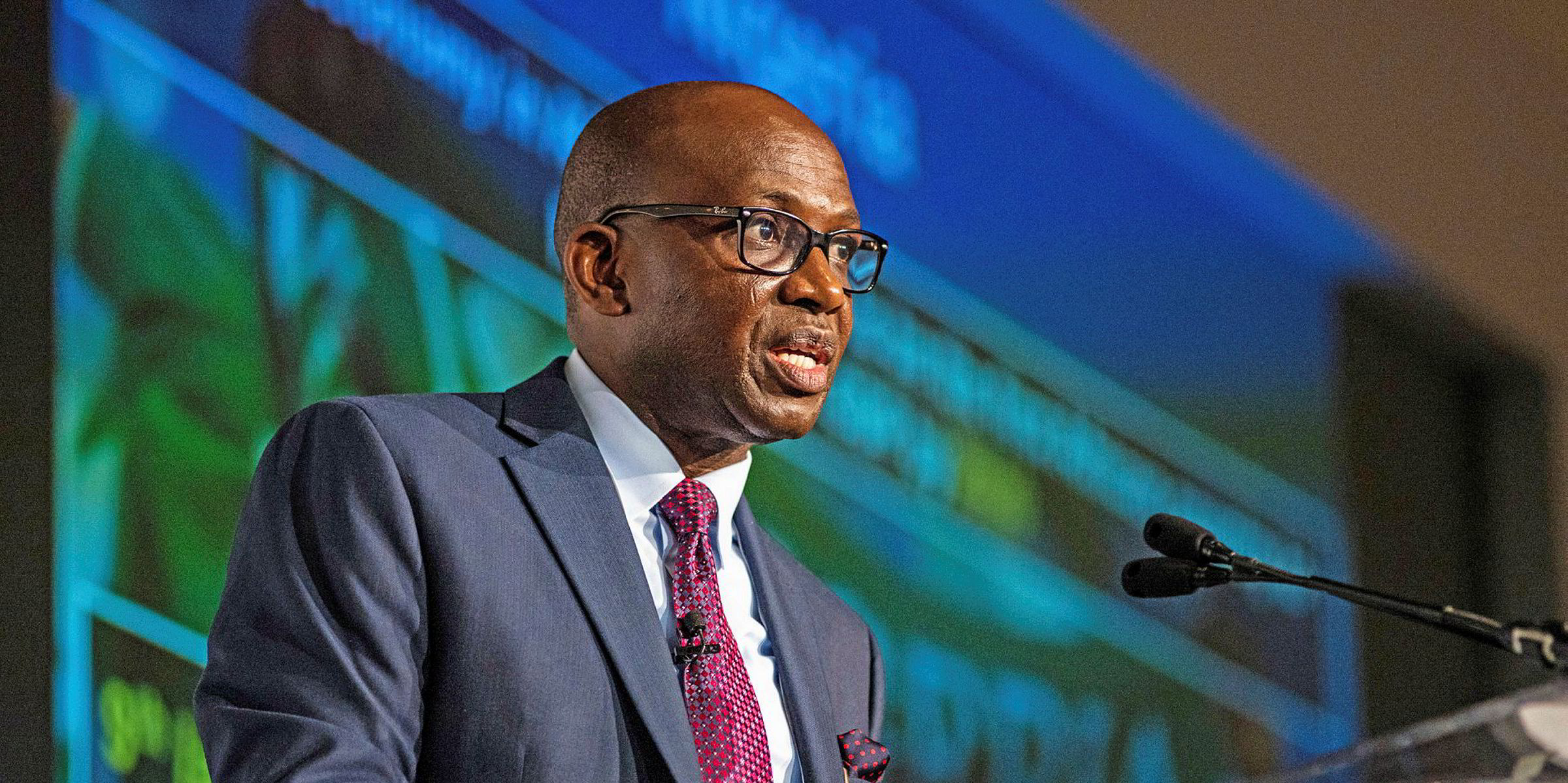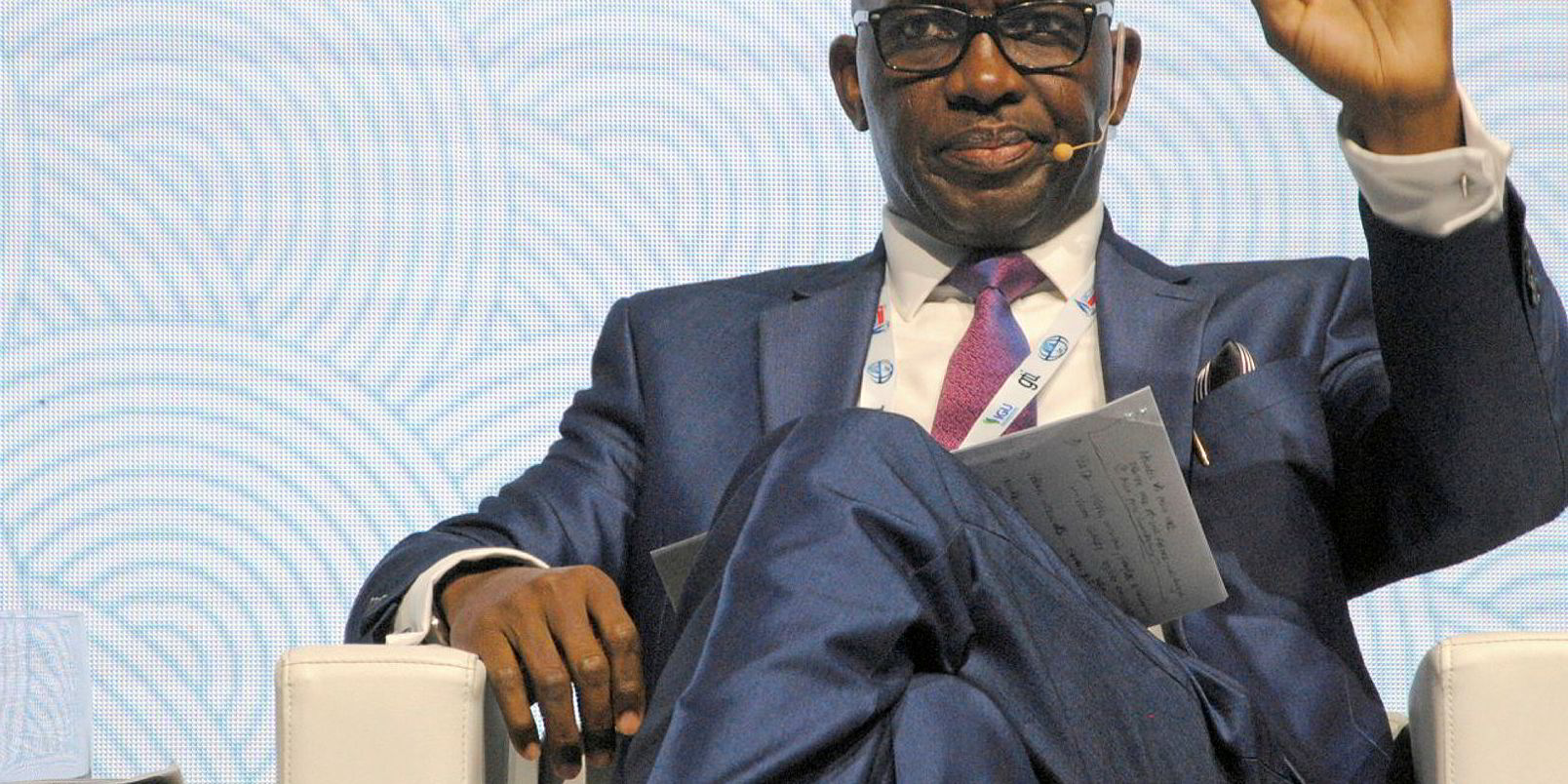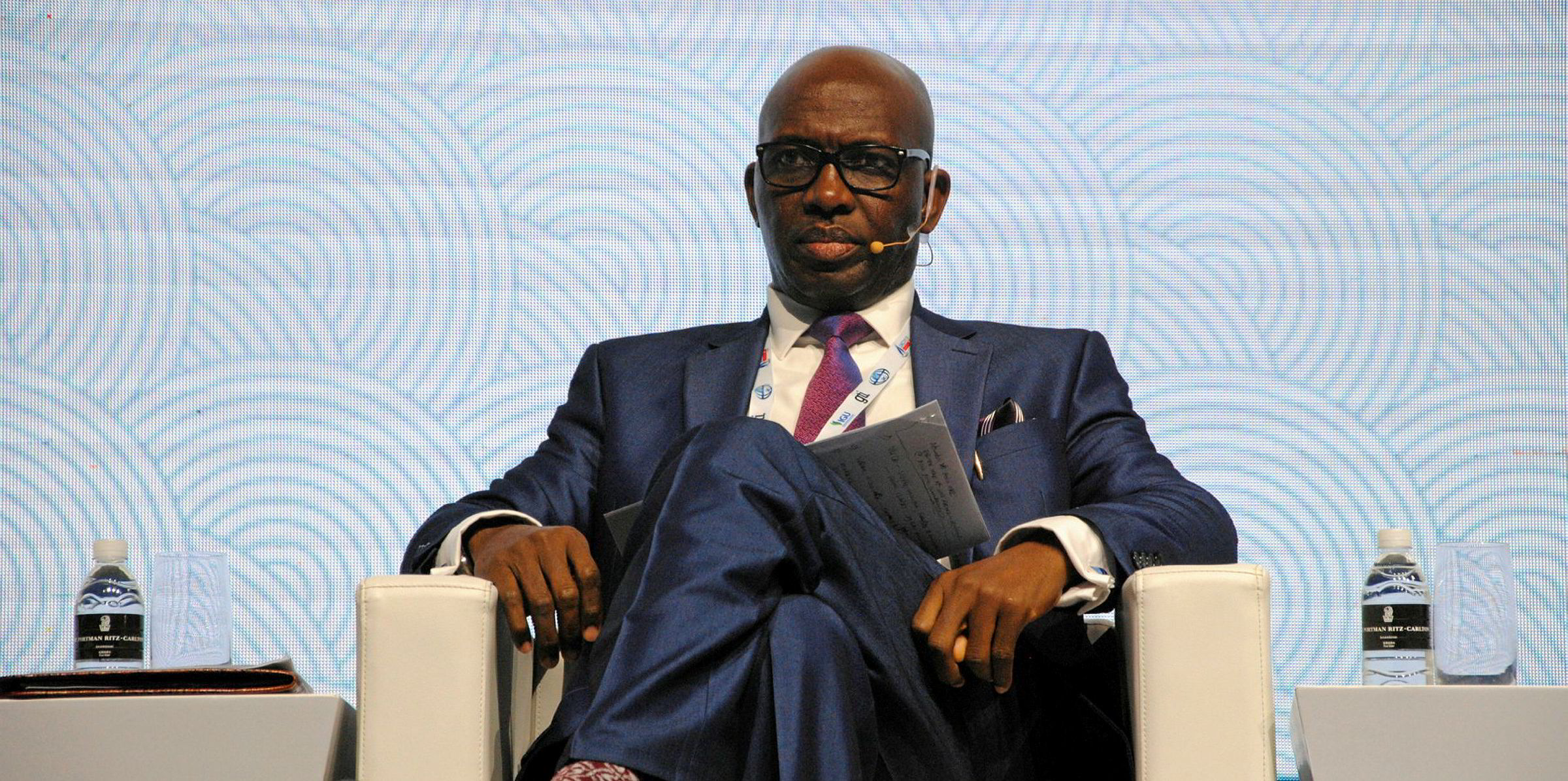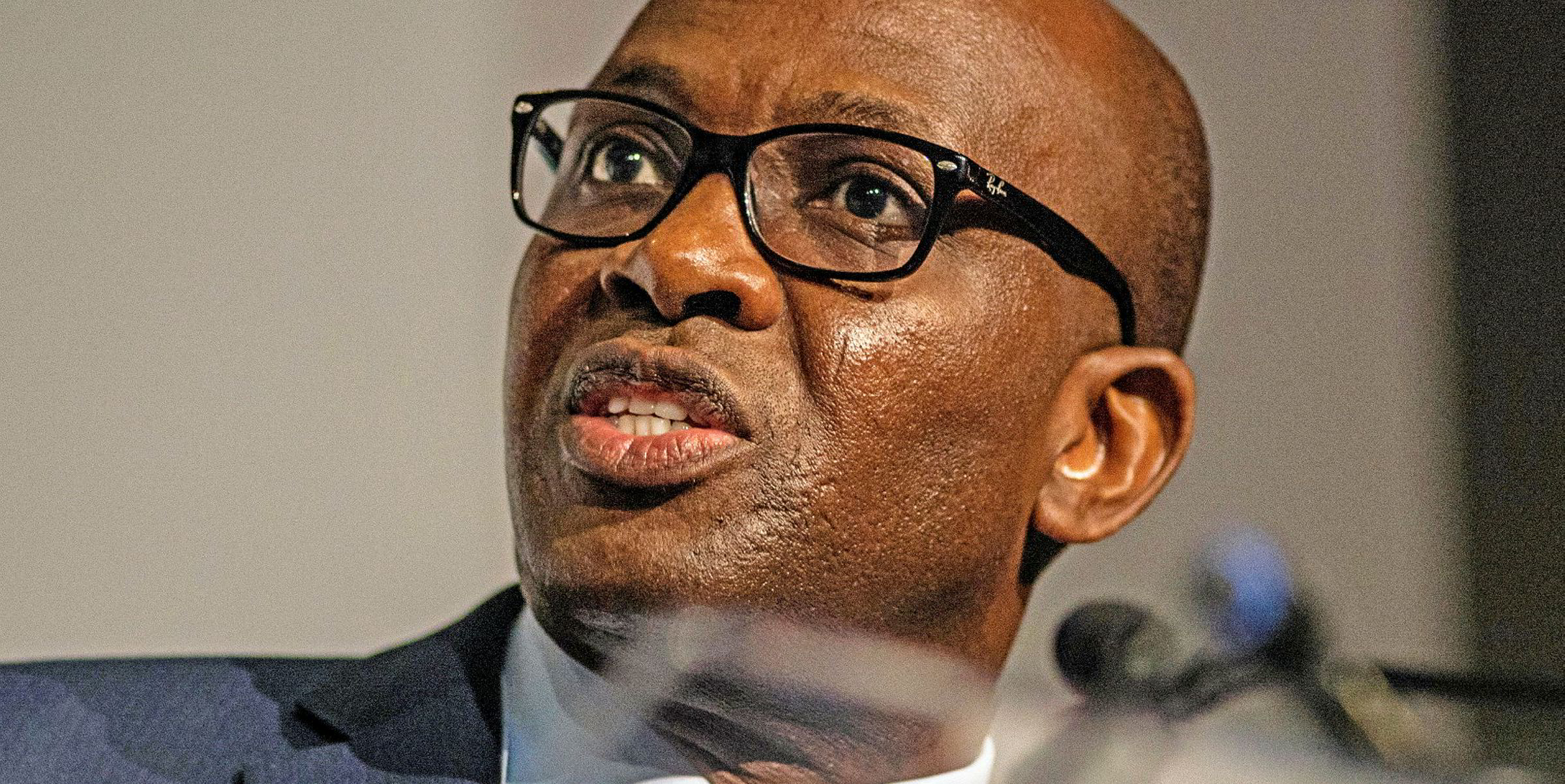OPINION: Despite persistent fiscal threats to an exploration and production revival in Nigeria’s go-slow oil industry amid renewed pessimism on reforming legislation, it seems gas once more is riding to the rescue.
Newly-appointed Nigerian National Petroleum Corporation (NNPC) group managing director Mele Kyari took time out last week to assure his counterpart in Nigeria LNG that a final investment decision on NLNG’s $12 billion Train 7 expansion, expected in October, was a done deal.
Nigeria would soon be exporting 30 million tonnes per annum of liquefied natural gas, with first shipments from the 8 million tpa facility sailing from 2024, Kyari said, and with sales and purchase agreements lined up across Europe including deliveries earmarked for Occidental Petroleum’s North American terminals.
Kyari urged NLNG managing director Tony Attah to start thinking beyond Train 7 to see how much more of Nigeria’s proven 202 trillion cubic feet of gas resources might be tapped for export.
To get things moving on the ground and to discourage flaring, officials are angling to attract $3.5 billion into a flaredown initiative headed up by former Shell environmental assessor Justice Derefaka, designed to motivate locals into using gas to spur commerce and light their homes.
Surely this is a win-win formula — nurture home-grown demand to mop up associated gas while piecing together infrastructure to encourage dedicated gas exploration across the delta.
Nigeria accounts for a stunning 40% of all gas flared in Africa, but now aims to cut flaring by 80% through monetisation and by imposing stiff penalties — the old carrot and stick motif.
It has been tried before, of course, although without effect because incentives were paltry and fines were minuscule and rarely enforced as government inspectors even lacked the transport to get around.
Derefaka aims to change all that and says the ministry will be resolute in enforcing penalties while offering respite for marginal field producers.
He is chasing the multiplier effect, confident of achieving a turnaround that he says will deliver a $1 billion boost to gross domestic product.
Scores of invitees will converge on Abuja early next week to defend their vision of Nigeria’s gas-fuelled renaissance and also, while they are at it, explain how to persuade a generation of disaffected youth to swap their bunkering skills for a career in light industry.
Of course, the more that domestic gas-to-power schemes improve, the less gas will be available for export via the West African Gas Pipeline (WAGP), originally proposed to supply the emerging economies of Benin, Togo and Ghana, but ever undermined by poor infrastructure and militant unrest.
There clearly was never enough available gas. Throughput rarely rose above 60 million cubic feet per day and, as of this month, Ghana finally started flowing its own gas in the opposite direction.
Nigeria and Ghana clearly lack the distributive capacity to utilise their own resource while their Francophone neighbours, unable to rely on contracted volumes, are forced to seek their own solutions.
Simple miscalculation has forced Ghana to renege on ill-advised LNG regasification projects, but for smaller countries it’s a no-brainer.
Last month, Total lined up with Benin’s state utility to supply 500,000 tpa of LNG over 15 years, aimed at easing a 750 megawatt power shortfall and cater for future demand growth.
Politically-driven talk of extending the moribund WAGP to Morocco and even to Europe will likely remain just that — talk.
For now, the focus should be on shoring up gas production and getting LNG in and out of revenue-hungry states that are eager to industrialise.
(This is an Upstream opinion article.)



